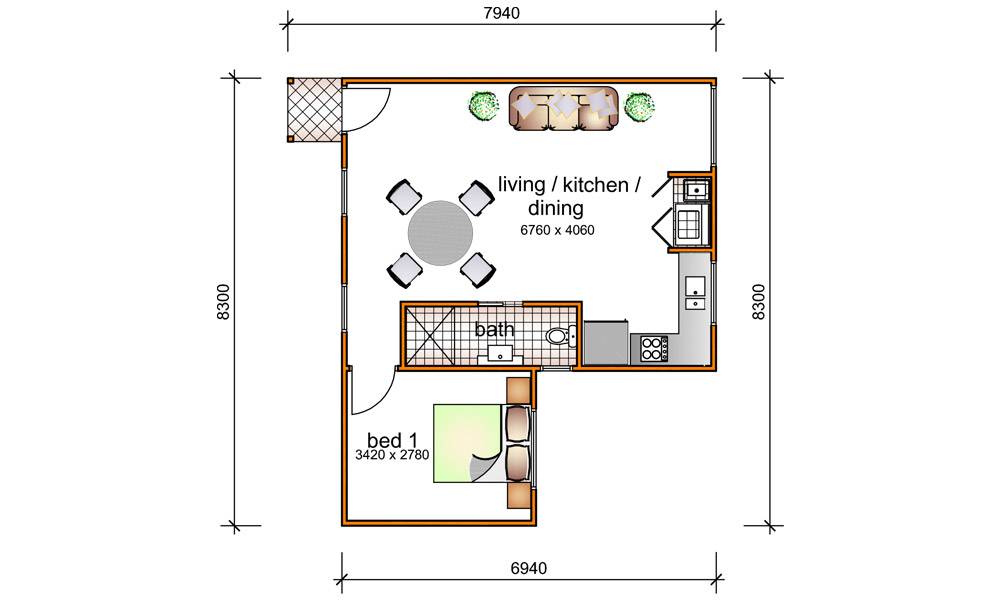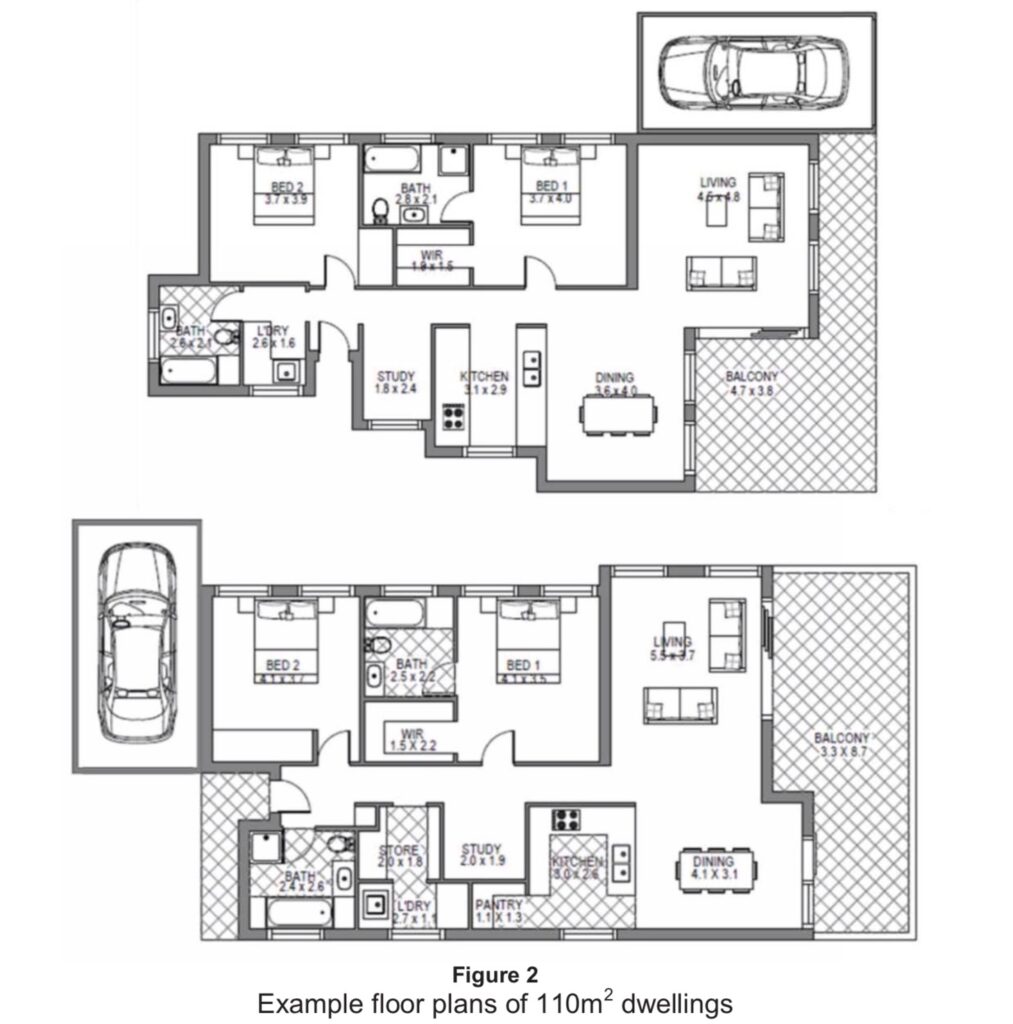I want to talk about granny flats and dual occupancies, because the way that Hawkesbury Council currently treats them is insane.
A dual occupancy is just a fancy way of saying there are two houses on the same block of land, but under one title, one owner.
It’s not like a subdivision because there’s no rezoning, no sale, or separation of the ownership of the land.
There are two kinds of dual occupancies: Detached, where there’s two, separated full-size houses on the same block, and attached where two dwellings are connected in some way, like a Duplex.

I live in an attached dual occupancy here at Oakville with my family, where we have two houses which are connected by a covered walkway.
And here’s the crazy thing: At Hawkesbury Council, detached dual occupancies are forbidden because of, wait for it, flood evacuation risks. And that’s regardless of whether you’re in Bilpin or Oakville, well out of harms way of a flood. But put that covered walkway in, and everything’s peachy. Totally fine. Permitted.
Detached dual occupancies are already permitted (with constraints) in many other Councils, like Penrith, Hills, Cumberland, Parramatta, Northern Beaches.
But it gets worse: People often get confused between Dual Occupancies and “secondary dwellings”.
Secondary dwellings are much smaller, only up to 60 square meters- which is little more than 1 or 2 rooms, and must be close to the primary dwelling. We call them “Granny flats”.

Now if you want to build a granny flat in, say Bligh Park, or Hobartville, in any of these residential zonings, on a block that’s under 800 square meters, apparently that’s fine.

But if you live in one of these zonings in a rural area, like a five acre block, 25 times the size of a house block in Bligh Park, the answer is no. You can’t. It’s not allowed.

This makes no sense at all.
During this this term of Council I have been the strongest advocate for reform of these rules, but I’ve been stymied by a lack of support among the other Councillors.
I’m seeking your support to continue this work through your vote in the upcoming election.
Let me explain why this is important:
For a balanced community, the Hawkesbury needs a mix of housing types. I’ve argued that dual occupancies confer a range of social benefits.
Your ability to put another dwelling on the land that you own could allow you as parents to give a leg-up to your kids to build a home, or get equity in the market, or to continue to live in the communities that they grew up in, or to enable grandparents to care for their grandkids.
On the flipside, it might allow you to look after your parents in their senior years with a degree of independence, but still close to those they love, sharing the burdens of property maintenance or the costs of living.
The way that my family lives exemplifies this: I live in a multigenerational household, with toddlers, teens, adults, seniors, spaniels and cats living together in a joyous chaos.
This 2020 article from the Sydney Morning Herald on multigenerational households really resonated with me.
I’ve heard this described as a very European way of living. It’s not for everyone, but for many families it makes a lot of sense. For some, it’s an economic necessity.
But ultimately it’s about choice. Your choice.
Studies show that one in five households are multi-generational, and that figure is growing (Source: City Futures Research Centre, UNSW Dept of Built Environment). And 40% of people in their twenties are still living at home (Source: Australian Institute for Family Studies).
To me, it’s an example of how something obscure – good planning laws, can strengthen our communities by empowering Council to plan for diversified housing choices with far less impact on existing services and infrastructure than full blown subdivision.
Others support secondary dwellings because it represents a form of affordable housing, which we badly need more of.
Lastly, we can’t ignore the fact that many acreage areas are and will continue to be subjected to development pressure. I. am.no.fan.of.overdevelopment.
But dual occupancies may represent a kind of happy compromise between the status quo, and the wholesale rezoning and carve-up that developers want to inflict on us.
Many people I speak to want a sensible solution like this, but I challenge you to find another Councillor that can point to a public statement they’ve made in support of it.
And you and I probably know someone in the area with a clandestine granny flat that’s offending nobody but against the rules.
In February this year, Hills Shire Council next door took advantage of a change in State rules, something called the ‘LEP Standard Instrument’ to apply for, and get, a more generous definition of Granny flats.
As a result, Hills landowners can now build granny flats that are still modest, but larger than before: whichever is the larger of 110 square meters or 20% the size of the main dwelling, up from 60 square meters.

I’d like Council consult and consider doing the same, using a place-based approach that’s sensitive to all the factors and constraints, like land fragmentation, loss of agricultural capacity, emergency evacuation, local roads & infrastructure and the protection of the environment.
As I said, I’ve tried to drive reform in this area and so far I’ve failed.
Our best hope is the detailed work Council has done this year in revamping our LEP and DCP – our two fundamental planning codes, but progress has been been painful and slow.
I’ve pushed for these proposals to be put into the new codes for public comment, but it’s the next Council that will sign them off.
I’d love to hear your views. What do you think?